While Canada’s tourism sector is growing by almost every measure, international tourism seems especially robust, with visitors to Canada from around the world growing by an average of 8% annually since 2014.
What’s the draw for international travellers to Canada?
Almost a third of tourists from outside the country come seeking an experience with Canadian Indigenous culture, says Keith Henry, president of the Indigenous Tourism Association of Canada (ITAC).
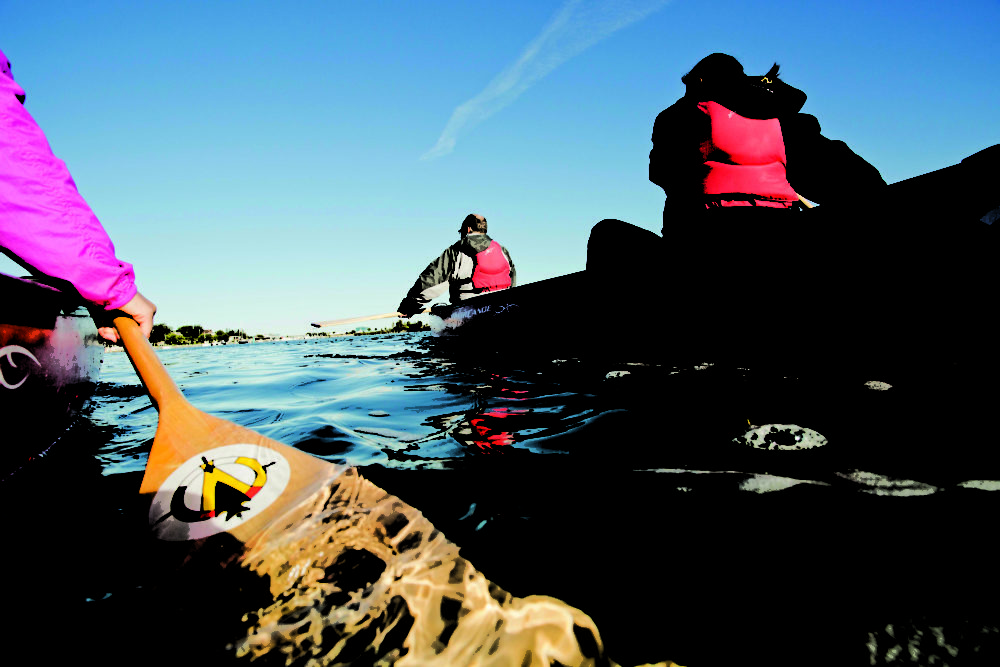
Sunrise canoe paddle in Little Current guided by the Great Spirit Circle Trail, Manitoulin Island, Ontario. Photo courtesy The Great Spirit Trail, M’Chigeeng, ON
“Last year, over seven million visitors were looking to add Indigenous experience to their trip, or came exclusively for that reason,” he explains. “They come wanting to see something unique, whether it’s Indigenous outdoor adventure, history, or culture.”
Travellers from countries like China, the United Kingdom, France, Germany and the United States are spending more and staying longer, says Henry. Adding that they, along with many Canadians, are surprised by the breadth of Indigenous tourism. This kind of travel includes tundra and canoe tours, outdoor adventures, heritage sites, overnight stays in a traditional longhouse and whale watching.
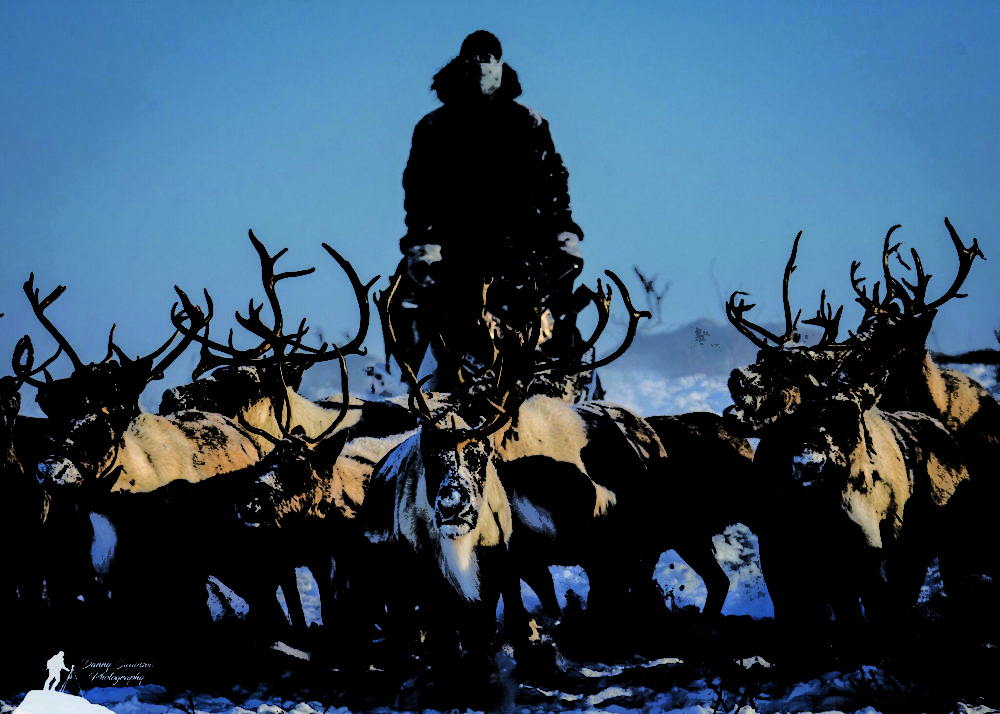
Tundra tours. Photo by Danny Swanson, courtesy Tundra North Tours
If you’re new to Canadian Indigenous culture, one of the best ways to get acquainted is through food
Exploring Canadian Indigenous culture through cuisine is a good place to start, says Henry. Indigenous chefs like Bill Alexander are making that easier than ever.
Having grown up in Ontario and western Quebec, Alexander was heavily influenced by his mother and their Mohawk community. Farming, hunting, gardening and trading with neighbours were part of everyday life.
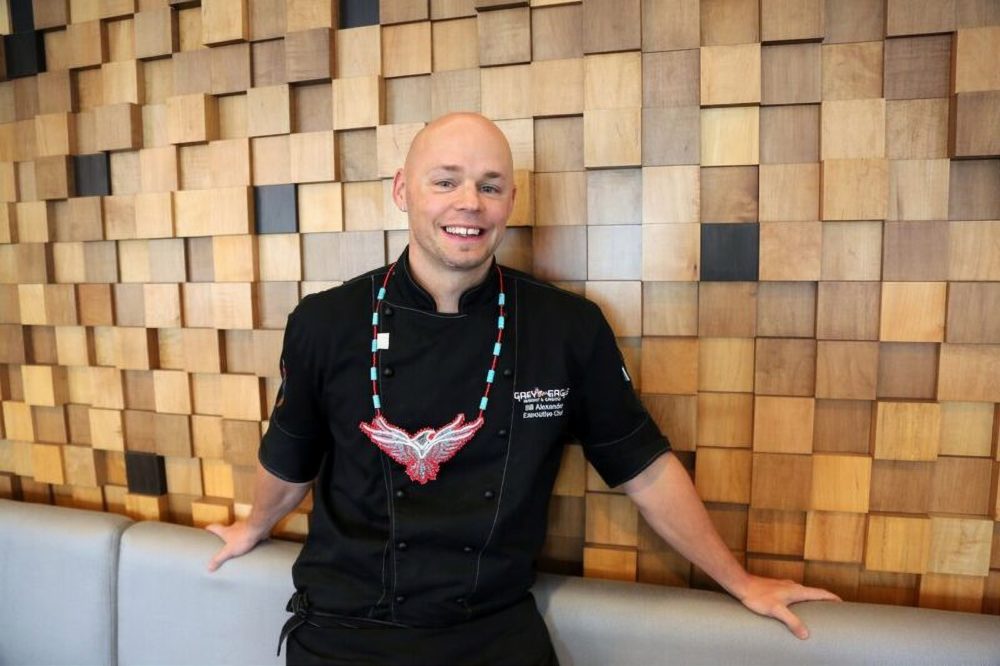
Chef Bill Alexander
“Much of my childhood was about what we could build or grow within our own community. We wasted very little. For me, moving into the food industry, the concept of large food suppliers and huge warehouses was foreign,” he explains. He adds that his background became a plus in a business where healthy profit margins depend on minimal waste.
An executive chef who worked around the world for many years, Alexander now oversees Calgary’s Grey Eagle Resort and Casino, a hotel/resort facility that also hosts musical acts and other events. Alexander is also the first Indigenous consulting chef for WestJet, which plans to bring Indigenous-inspired food to both domestic and international flights.
DONT’S MISS: Spirits (and Beers) of the Canadian West Are Dominating the Spotlight in Alberta
What does an Indigenous menu look like?
Alexander’s menus are “traditionally inspired and keep true to the storyline, but with a fusion spin.” All dishes, he notes, are rooted in a foundational Indigenous principle of not taking more than you need, and of paying homage to what you use.
“A good example of that is carrot greens—we make pesto from them. It’s like a little game–how can we use each part creatively? White people tend to think of that as a very modern approach to food, but our culture has embraced it forever.”
In fact, several mainstream culinary trends reflect Indigenous values around foods, says Alexander. “Farm-to-table, hoof-to-tail, local ingredients—sharing our culinary experience means people will understand that we were the originators of many of the things they think of as new, like curing meat, canning and charcuterie boards.”
Toronto’s Indigenous food scene is growing
In Toronto, there’s NishDish, a casual quick-service restaurant that opened two years ago among the upscale stores on Bloor Street. It has long been a magnet for tourists.
Under chef Johl Whiteduck Ringuette, it offers lunch and dinner based on Anishnawbe (Nish) food traditions through the week, and all-day brunches on the weekends in a cozy, homey setting. The menu includes traditional items like bison, all of which are sourced from reserves.
Another Toronto neighbourhood that’s a big draw for tourists—eclectic, diverse Kensington Market—is also home to a popular Indigenous restaurant. Ojibway chef Shawn Adler heads up the warm and welcoming Pow Wow Cafe. The cafe has legions of fans heading to Kensington Market to sample this delicious Indigenous take on tacos. Adler got his start when he opened The Flying Chestnut in Eugenia, Ontario. He was just 16 at the time, with a vision to serve Indian tacos in a bistro setting.
Indigenous food puts a spotlight on its roots in Winnipeg
In Winnipeg, you’ll find Feast, opened three years ago by Christa Bruneau, a member of the Peguis First Nation.
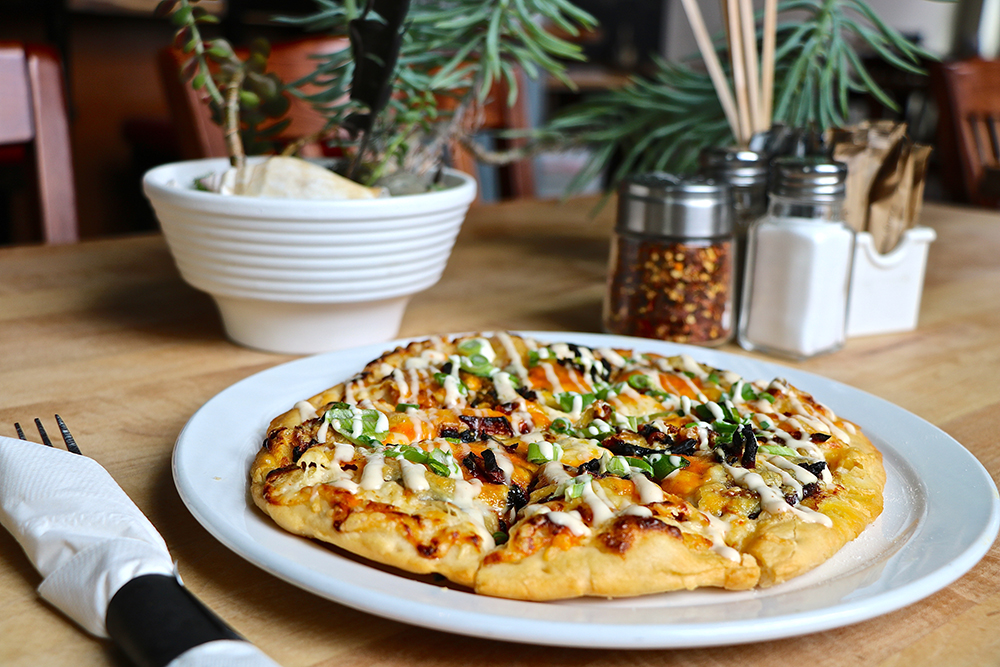
Butternut Squash Bannock Pizza from Feast
She’s seeing more and more visitors from countries like Germany, Japan and Australia. They often stop overnight in the city before they head up to Churchill, Manitoba, to see polar bears.
Bruneau’s inventive, affordable menu eschews beef entirely for bison. “It was a bit of a risk,” she says, “but I really wanted to honour the bison. It was almost extinct, but has made such a big comeback, and it has such a historical connection.” Besides, she adds, the locally-raised, free-range meat is flavourful, lean, and low in saturated fat.
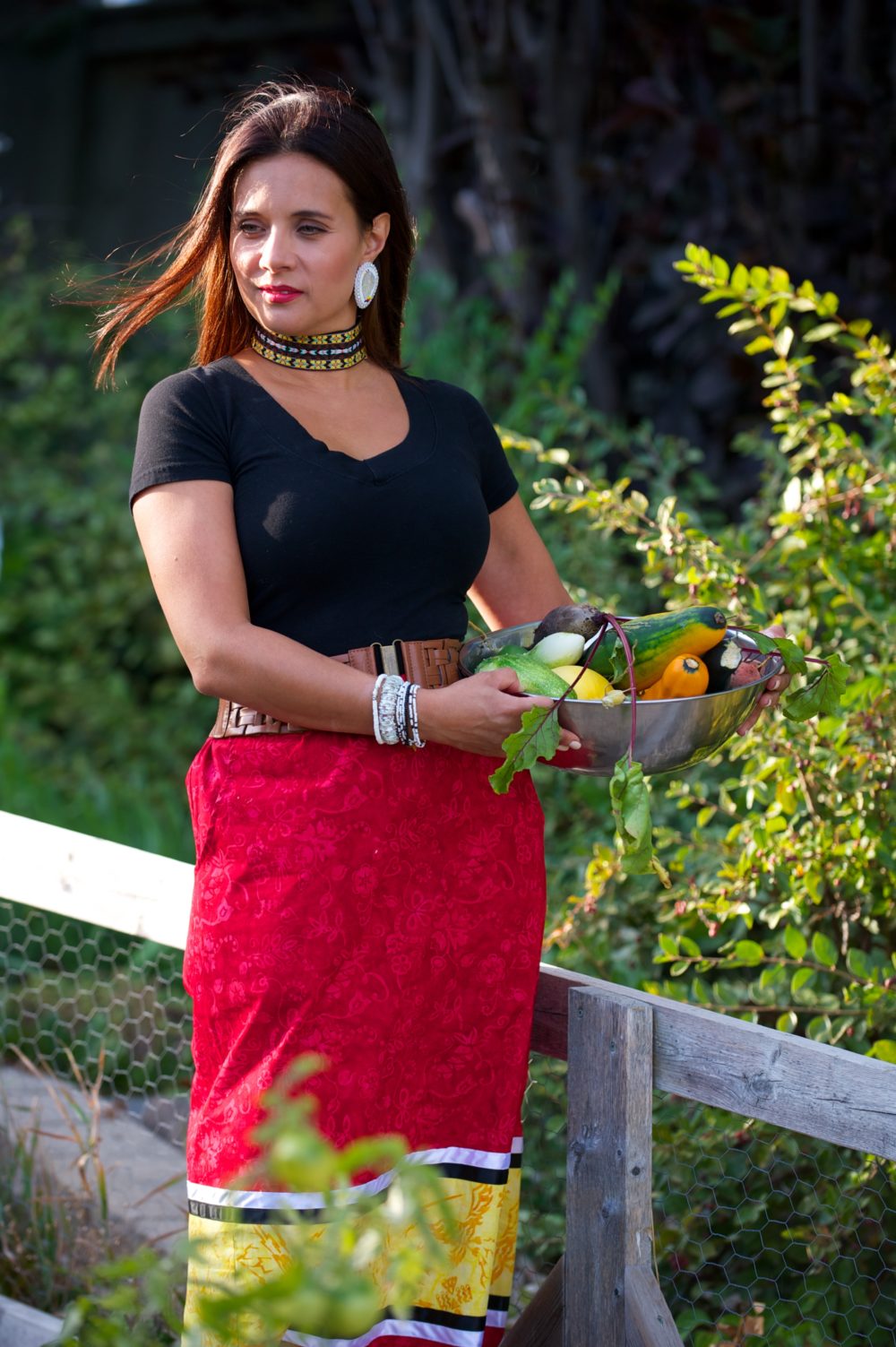
Christa Bruneau
Bruneau pays homage to the bison by visiting the herd, making offerings of tobacco and giving thanks to the animals for sustaining the community.
Discover Quebec’s Indigenous food and culture
Just outside of Quebec City, the community of Wendake is a year-round tourist destination with historical and cultural sites, walking and biking trails, canoeing and kayaking. There, you’ll find a variety of restaurant options, from high-end dining to casual lunch and snack menus.
Why you need to experience an Indigenous Pow Wow
International visitors and Canadians who want to deepen their understanding of Indigenous culture and food could start with a day-trip to a Pow Wow. A Pow Wow is a ceremonial celebration of cultural pride that showcases Indigenous music, dance, regalia, food and crafts.
Pow Wows are often listed on provincial tourism sites by region. If you go, read up on Pow Wow etiquette. ITAC suggests: be on time, dress and behave appropriately and respectfully, ask before taking pictures, don’t touch regalia, and consider a donation to support these events, which are typically non-profit.
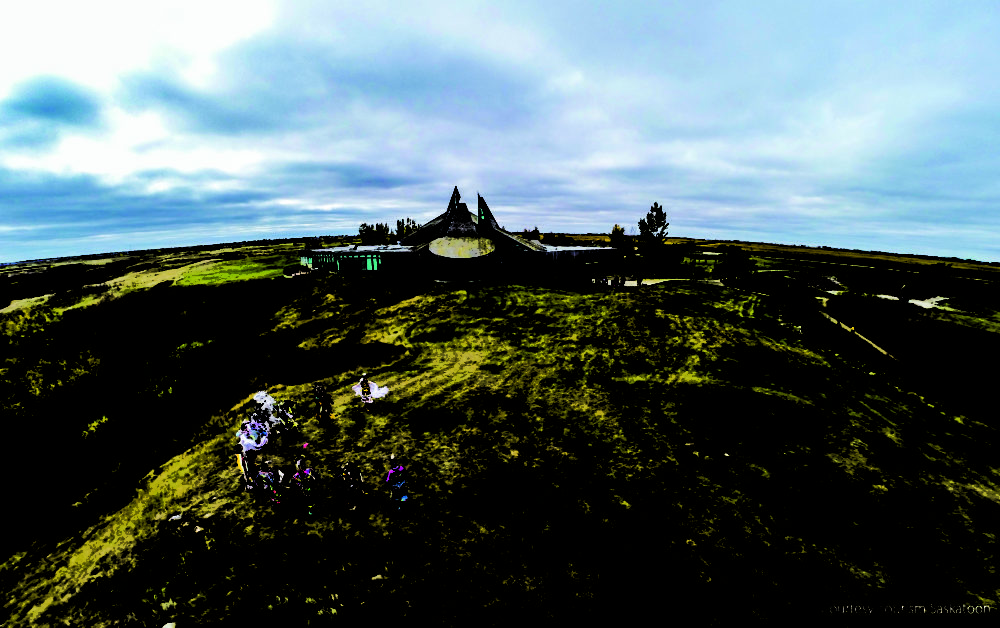
Photo courtesy Wanuskewin Heritage Park Saskatchewan
Canadian Indigenous culture and tourism is a powerful force for good
The economic benefits of Indigenous tourism are clear. A 2015 National Aboriginal Tourism Research Project revealed it employed 33,100 workers and contributed $1.4 billion to the Gross Domestic Product.
But there’s an even more important reason to support Canadian Indigenous culture and tourism. While Henry says the association did not set out to be a major factor in reconciliation, he thinks it has a role to play in moving forward.
“Tourism is a bridge to understanding, a great way for Canadians to learn about Indigenous culture. In spite of all the issues, I think if we share positive stories, there’s a way forward for society.”
Food, notes Bruneau, “is a celebration—it’s wholeness, it’s family, it’s love, it’s ceremony. My husband is a pilot, so I have visited a lot of places. One of the very first things you do is find the food of the land, and that means you get to experience the people,” she says. “I think it’s time now for Indigenous food and culture to be part of that experience in this country.”
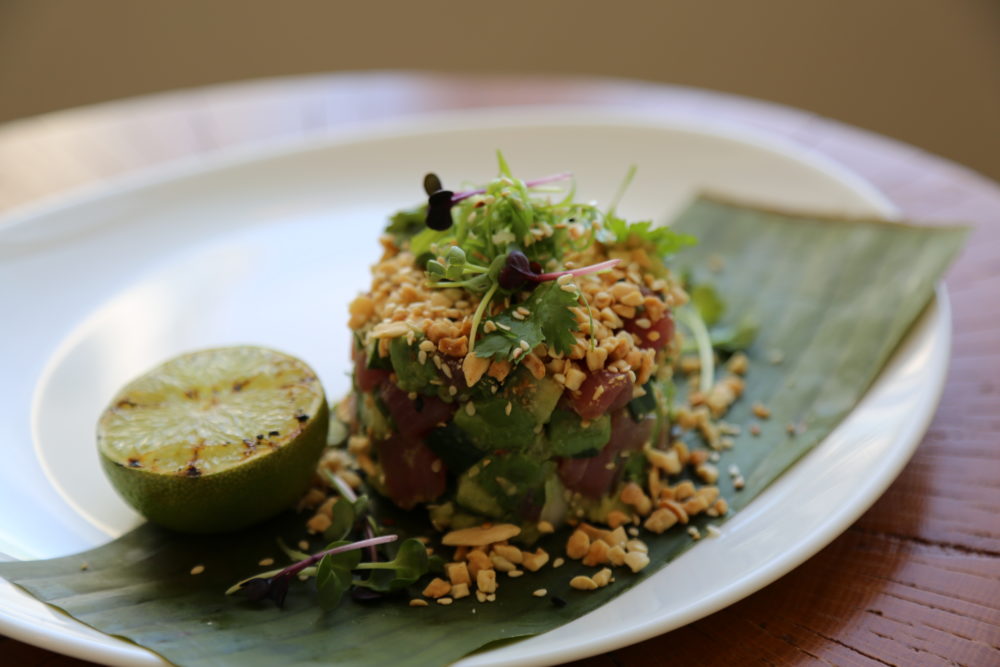
Chef Bill Alexander’s Yellowfin Tuna Poke Stack
Chef Bill Alexander’s Yellowfin Tuna Poke Stack
Ingredients
- 4 oz yellowfin tuna, cubed
- 2.5 oz avocado, cubed
- 1.5 oz cucumber, cubed
- 2-3 leaves cilantro, diced
- ½ oz green onion, chopped
- 2 oz mango, cubed (optional)
Garnish
- ½ banana leaf
- 2 oz citrus dressing (recipe below)
- ½ oz peanuts, roasted and roughly chopped
- 1 ½ oz fried taro root chips
- Pinch black and white sesame seeds
- Bull’s blood microgreens
- ½ grilled lime
Dressing
- 1 cup sugar
- 1 cup boiling water
- ½ cup whole garlic
- 1 cup white vinegar
- ½ cup fish sauce
- 2 Thai chilis, finely chopped
Bring water and sugar to a boil to dissolve sugar. Blend in white vinegar and whole garlic until smooth. Whisk together with remaining ingredients.
Preparation
Add tuna, avocado, cucumber, cilantro, green onion and mango into a bowl with citrus dressing and mix until evenly combined. Pack combined items into a mason jar. Place banana leaf on a plate, turn over mason jar and tap until ingredients come out in a stack. Once in a neat pile, top with nuts, sesame seeds and micro greens, garnish with grilled lime and serve.
Vicky Sanderson
Latest posts by Vicky Sanderson (see all)
- How Food Tourism is Feeding Understanding of Canadian Indigenous Culture - October 24, 2019
- A Keen Eye: Exploring the Streets of Glasgow Through the Lens of Design - October 2, 2018





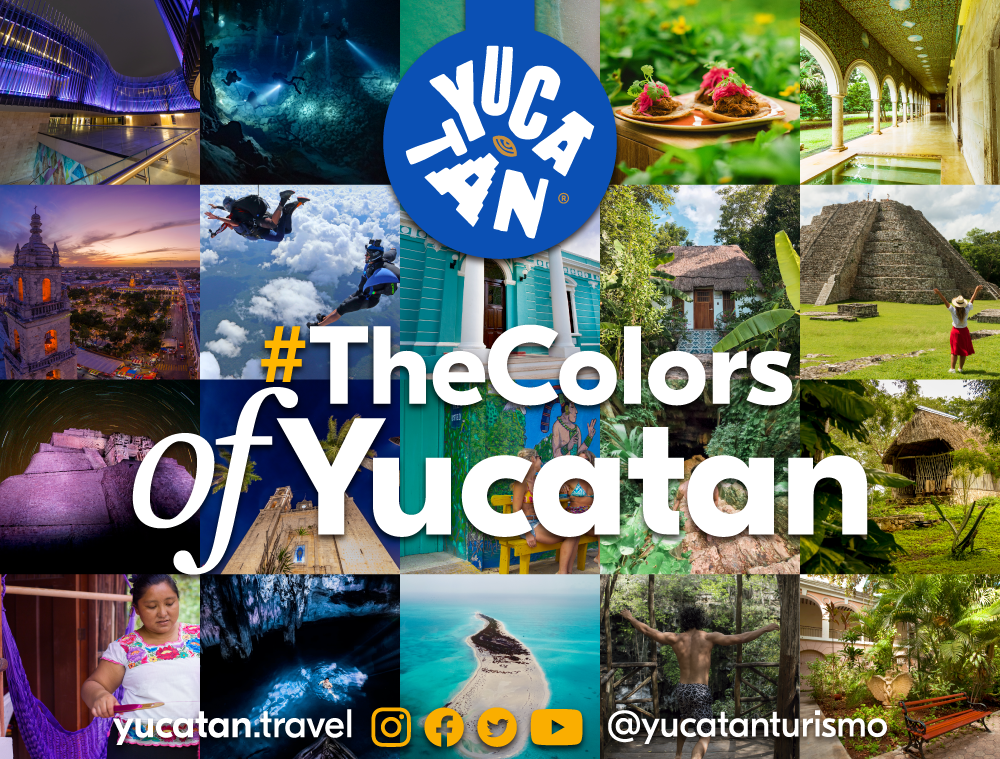
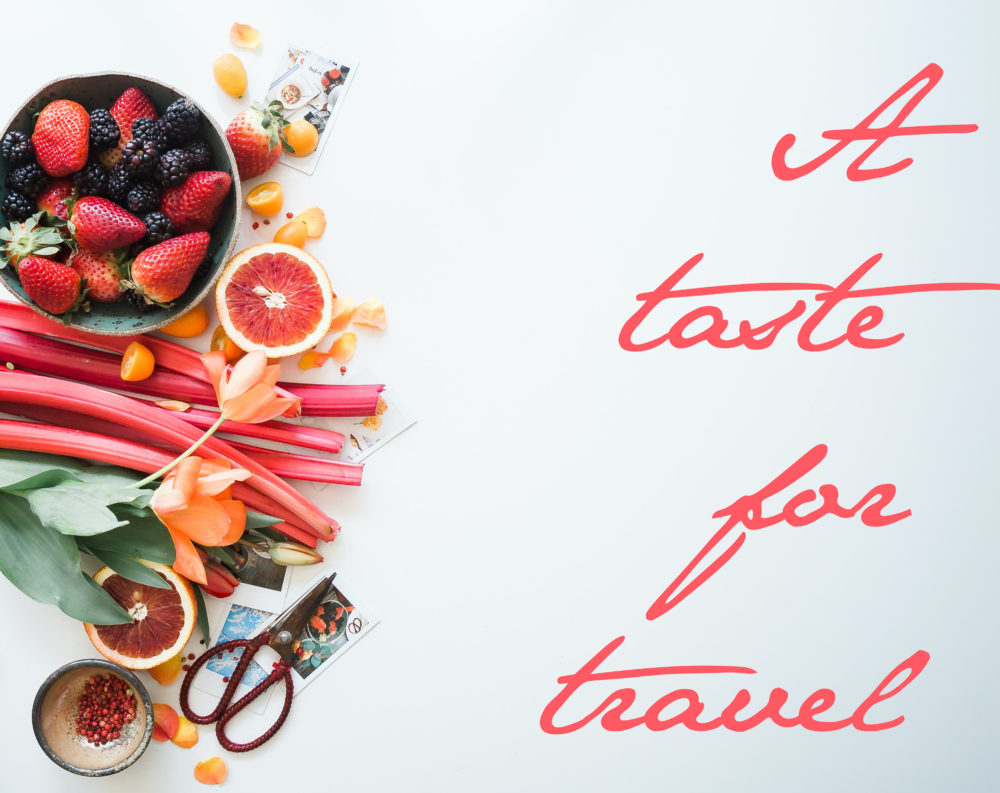

No Responses to “How Food Tourism is Feeding Understanding of Canadian Indigenous Culture”